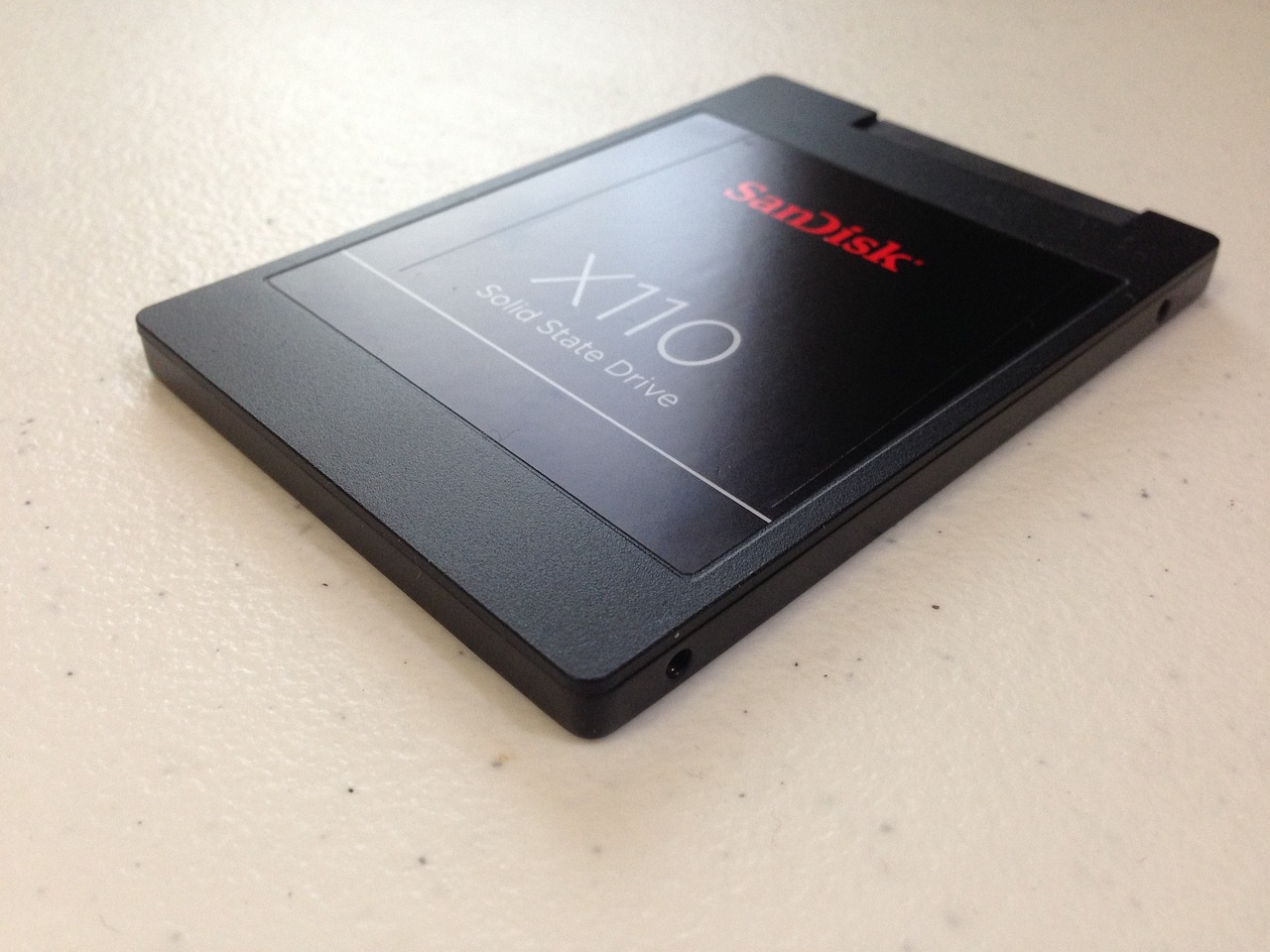Buying a refurbished computer can be a cost-effective option, as it often offers a balance between savings and performance.
However, when considering a refurbished computer, keep these key points in mind:
1. Cost Savings: Refurbished computers are typically cheaper than brand new ones. This can be advantageous if you’re looking to save money while still getting decent performance.
2. Warranty: Make sure the refurbished computer comes with a warranty. This helps protect your purchase and provides assurance that the device has been tested for reliability.
3. Source and Reputation: Purchase from reputable sellers or manufacturers who specialize in refurbishing. Check reviews and ratings to ensure the quality of their products and customer satisfaction.
4. Condition: Refurbished computers may have been returned for various reasons, such as minor defects or cosmetic issues. Verify the condition and inquire about any past problems and the steps taken to fix them.
5. Components: Check the specifications of the refurbished computer to ensure they meet your requirements. Sometimes, older models are refurbished, so be aware of the hardware specifications.
6. Testing and Certification: A reliable refurbisher should thoroughly test the computer to ensure it functions properly. Certifications or testing processes add credibility to the refurbishment.
7. Return Policy: Confirm the return policy in case the computer does not meet your expectations or encounters issues shortly after purchase.
8. Upgrades: Some refurbished computers may have upgraded components, providing better performance compared to the original model. Verify the specifications to see if any upgrades have been made.



